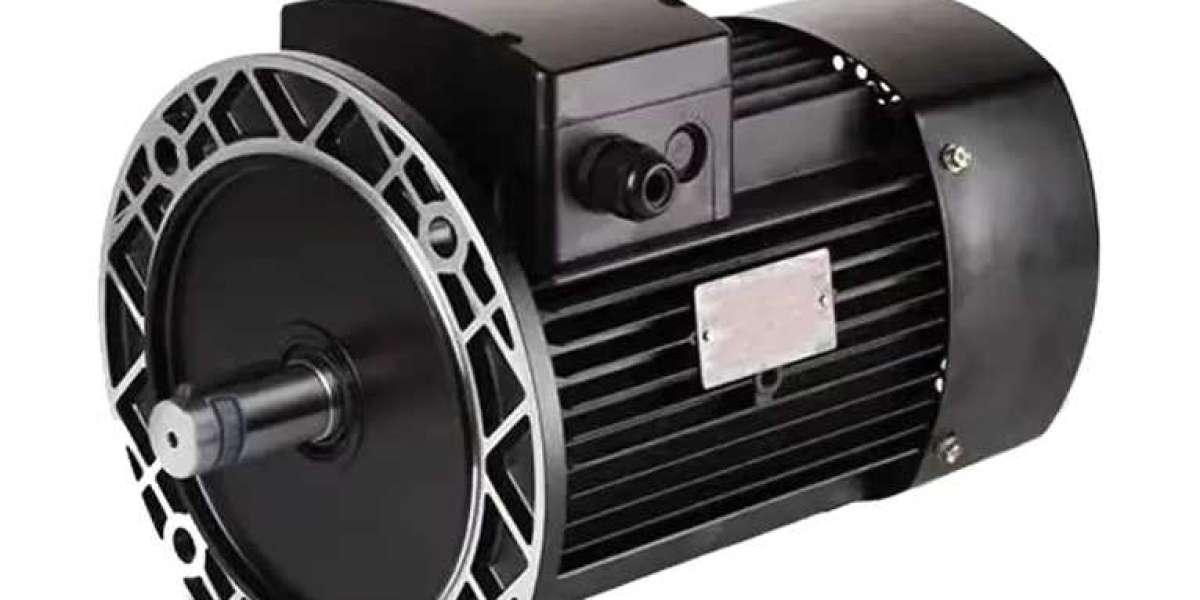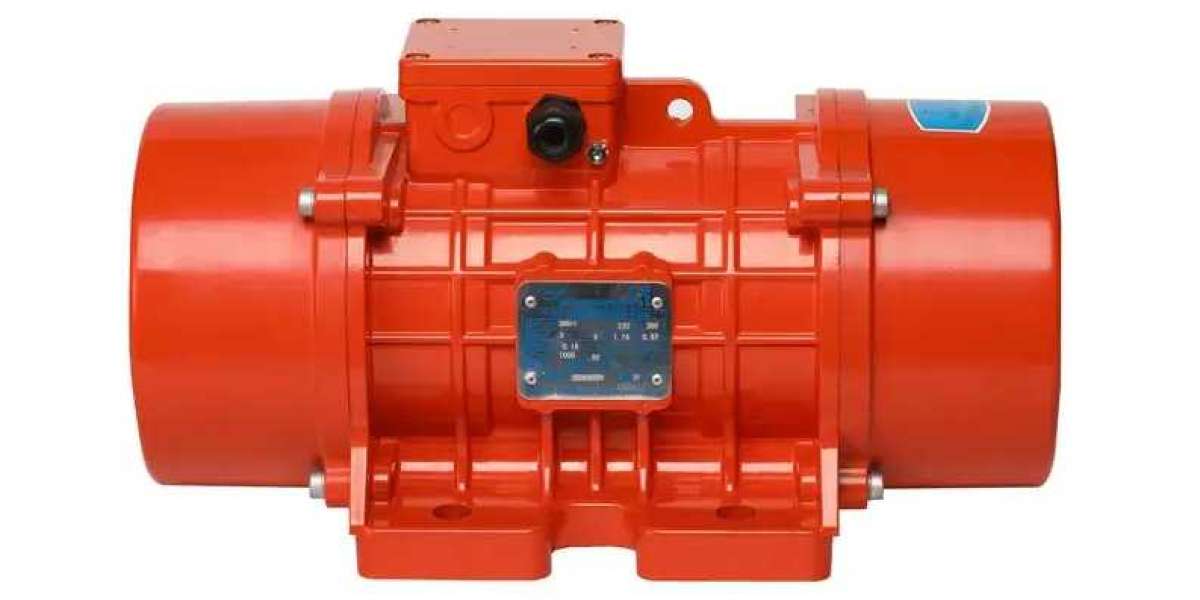Permanently Excited Synchronous Motors (PMSMs) represent an advanced type of electric motor known for their efficiency and precise control capabilities. Unlike traditional induction motors, PMSMs use permanent magnets to create the magnetic field within the rotor, which synchronizes with the rotating magnetic field produced by the stator. This design eliminates the need for rotor windings and excitation systems, reducing losses and improving efficiency.
One of the key advantages of PMSMs is their high efficiency, which can exceed 90% in many applications. This efficiency is achieved due to minimal losses in the rotor, as well as reduced copper losses in the stator windings. As a result, PMSMs are commonly used in applications where energy efficiency is crucial, such as electric vehicles, industrial machinery, and renewable energy systems.
Moreover, PMSMs offer precise control over speed and torque, making them suitable for applications requiring variable speed operation and high dynamic performance. The permanent magnets in the rotor provide strong magnetic flux density, enabling rapid response to control signals and maintaining stable operation across a wide range of speeds.
In addition to efficiency and control capabilities, PMSMs are known for their reliability and durability. The absence of rotor windings reduces the risk of electrical faults and simplifies maintenance requirements. With proper design and implementation, PMSMs can operate efficiently for extended periods without significant degradation in performance.
In conclusion, Permanently Excited Synchronous Motors (PMSMs) represent a significant advancement in electric motor technology, offering high efficiency, precise control, and reliability. Their application spans various industries where energy efficiency and performance are critical factors, contributing to sustainable and efficient electrical systems.








